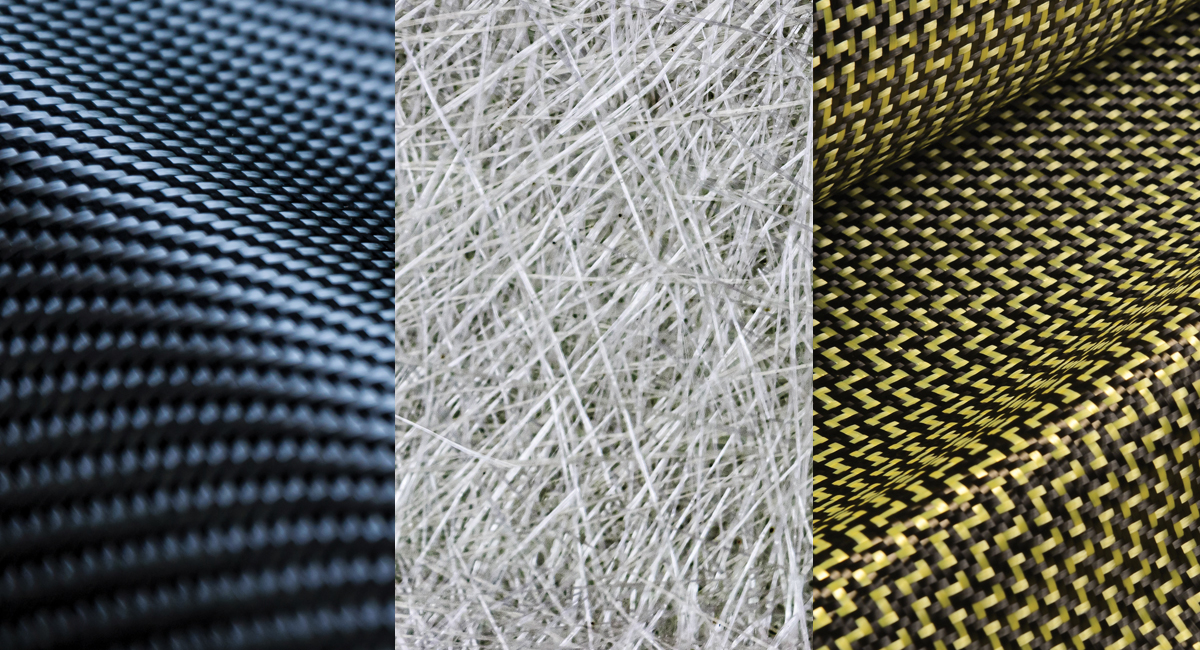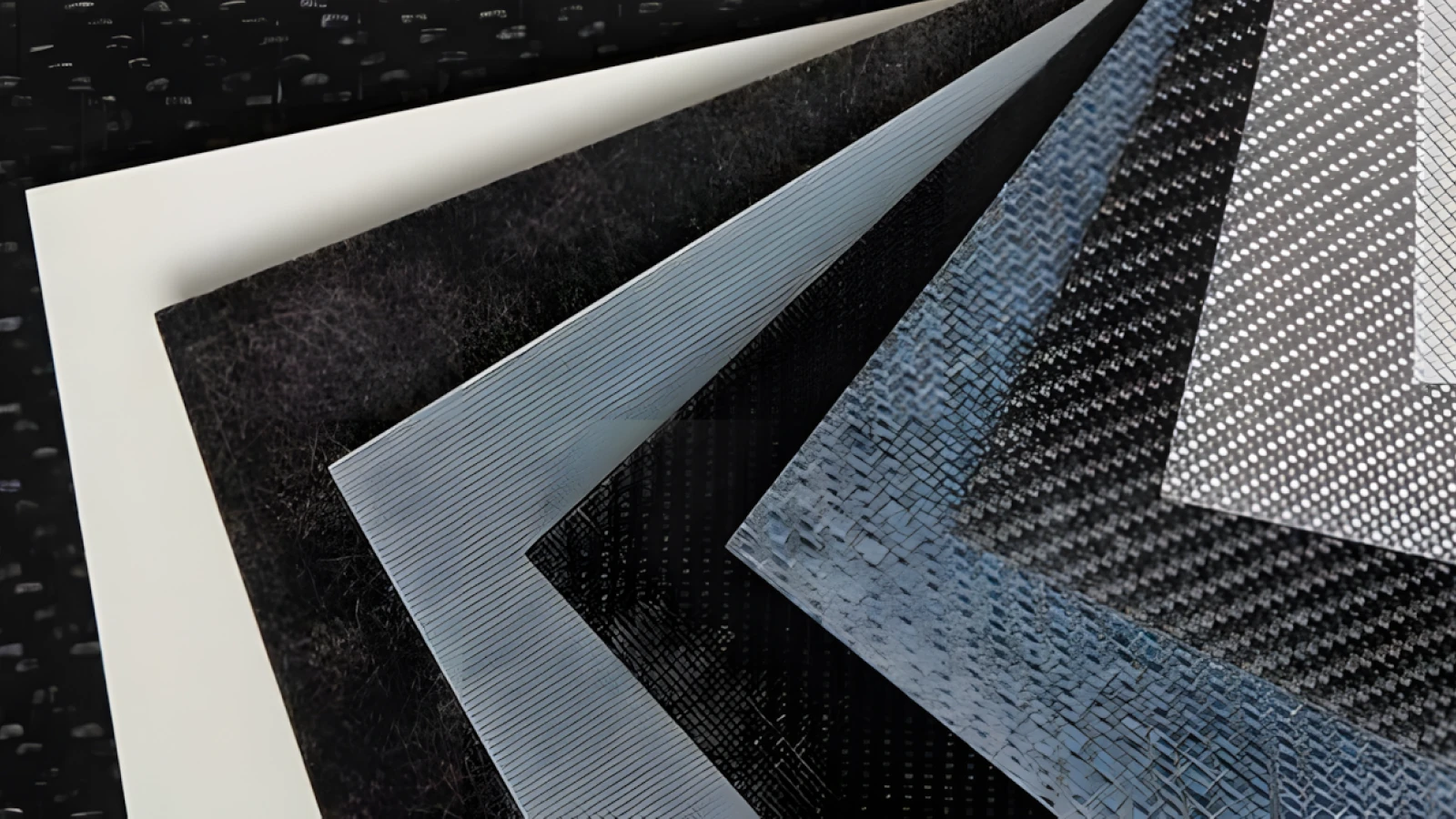
Composite Materials Market Growth: Sustainable Solutions for Structural Engineering
Lightweight, sustainable composite materials revolutionizing structural engineering across multiple industries.

Executive Summary
The Composite Materials market, within the Composite Materials and Structural Engineering vertical of the Raw Materials and Natural Resources sector, is estimated at USD 17.28 billion in 2025 and projected to reach USD 22.36 billion by 2030, representing a compound annual growth rate (CAGR) of approximately 5.3% over the 2023–2030 period.
Key Growth Drivers:
- Lightweighting and electrification trends in automotive and transportation sectors, increasing demand for high-strength, low-weight composite materials
- Expansion of renewable energy deployments, particularly wind-turbine blade production and energy infrastructure utilizing large composite components
- Broader use in construction and structural applications, driven by the need for durability, corrosion resistance, and lower lifecycle costs
Outlook:
Positive. The market benefits from strong cross-sector adoption, ongoing innovation in composite fabrication, and favorable regulatory and sustainability trends that encourage material substitution for lighter, more efficient designs.
5.3%
CAGR (2024–2030)
$17.28 billion
Current Market Size (2025)
$22.36 billion
Projected Market Size (2030)

M&A and Investment Activity
INEOS Composites
KPS Capital Partners
2024
Acquiring INEOS Composites gives the buyer a global leader in unsaturated polyester resins, vinyl ester resins and gelcoats, creating a large-scale, vertically integrated composites-resins platform. This positions the new owner to pursue operational improvements, consolidate specialty resins capabilities and invest in growth and technology across the composites supply chain.
INEOS Composites (relaunched business)
Alta Performance Materials (KPS portfolio)
2025
The closing and relaunch as Alta Performance Materials confirms the buyer's intent to run the composites/resins business as a standalone, market-focused platform under KPS ownership. The announcement underscores plans to leverage the business's global footprint and brands to scale specialty-composites offerings and invest in growth and technology.
Owens Corning glass reinforcements business
Praana Group
2025
The acquisition expands the buyer's footprint in glass-fiber reinforcements and composite materials across wind, infrastructure and industrial end markets by adding a business that generated roughly $1.1B in revenue in 2024. The deal enables the acquirer to scale production and geographic reach while allowing Owens Corning to refocus on its core residential and commercial building-product lines.
Fiber Materials Inc. (FMI)
Tex-Tech Industries
2025
The acquisition brings high-temperature Carbon/Carbon and related reinforced-composites capabilities into the buyer's portfolio, strengthening offerings for aerospace, defense and space customers requiring thermal protection and high-reliability materials. This complements the acquirer's materials-science product set and supports growth in high-performance, high-temperature markets.
Typical Business Models
1.Contract Manufacturers / Converters
Produce composite parts for OEMs under contract manufacturing or build-to-spec models.
Pros: Lower raw-material integration capex, operational flexibility, and faster cash conversion.
Cons: Margin pressure from competitive pricing and limited differentiation.
Margin and Capex Implications: Typically operate at the lower to mid-range of EBITDA margins with low to moderate capex (~1–3% of revenue).
2.Integrated Raw-Material Producers (Fiber and Resin Makers)
Control upstream production of carbon fiber, resins, or prepregs.
Pros: Capture upstream margins and maintain greater pricing power.
Cons: High capital intensity, exposure to feedstock price cycles, and larger working-capital requirements.
Margin and Capex Implications: Tend toward higher gross margins, though EBITDA can vary significantly after accounting for depreciation and capital intensity.
3.Engineered Component Suppliers / Niche Specialists
Focus on certified, design-intensive applications such as aerospace, defense, and advanced automotive.
Pros: Strong pricing power and defensible margins driven by proprietary design and certification barriers.
Cons: Longer sales cycles and higher R&D and certification-related capex.
Margin and Capex Implications: Operate near the upper end of the EBITDA range, with moderate-to-high capital and development investment requirements.
4.Distributors / Traders
Serve as intermediaries for raw composites, fibers, and laminates in high-volume or commodity segments.
Pros: Low capital intensity and asset-light business model.
Cons: Low margins, high competition, and exposure to revenue volatility.
Margin and Capex Implications: Low margins with minimal capex, best suited for standardized, high-volume products.
Overall Dynamics:
Each model represents a trade-off among margin potential, capital intensity, and growth scalability. Moving up the value chain generally enhances gross margin and pricing power, but increases capital requirements, certification timelines, and execution complexity.





Typical Margin Profile
Gross Margin: Typically ranges from ~20–45% for mainstream composite converters and integrated suppliers. Specialized, high-value niche products such as advanced aerospace composites or engineered carbon-fiber components can achieve substantially higher gross margins.
EBITDA Margin: Generally falls within ~6–15% at the corporate level for established composite-materials firms. Niche engineering providers and highly integrated value-added manufacturers can exceed this range, benefiting from greater pricing power and differentiated capabilities.
Key Variance Drivers:
- Product mix: Raw carbon fiber and prepreg versus glass-fiber laminates and structural components
- Degree of vertical integration: Internal resin, fiber, or component production improves margin capture
- Scale and utilization: Higher production throughput enhances fixed-cost absorption
- Pricing power: Stronger margins in specialized end-markets such as aerospace and defense
- Customer mix: Long-term supply contracts provide stability, while spot sales introduce volatility





Investor Appetite
Level: High
Rationale: The Composite Materials sector benefits from strong end-market growth across transportation, aerospace, wind energy, and construction, supported by the long-term lightweighting trend driving material substitution. Active M&A and private equity interest continue to target consolidation and roll-up opportunities, reflecting attractive unit economics for niche engineered suppliers with differentiated capabilities.
Investor appetite is moderated by margin dispersion across subsegments, capital intensity for upstream and integrated producers, and cyclicality linked to OEM production cycles and industrial capex. Despite these constraints, both strategic and financial buyers maintain a favorable outlook, with premium valuations awarded to technology- or certification-led specialists positioned for scalable growth and high-value applications.





Capex Intensity
Level: Medium overall, but highly segment-dependent
Indicative Range: Capex typically represents ~1–3% of revenue for converters and contract manufacturers, reflecting moderate investment intensity. For integrated raw-material producers or companies building autoclaves or continuous fiber lines, spending can rise sharply to ~5–12% or higher of revenue during major project years.
Major Capex Categories:
- Production plant and equipment, including autoclaves, pultrusion systems, and continuous fiber lines
- Tooling and molds for composite component manufacturing
- Process automation, robotics, and advanced fabrication systems
- Facility expansions and modernization projects
- Capitalized R&D and engineering for specialized product development and testing





Conclusion & Investment Implications
The Composite Materials market demonstrates strong fundamentals, with projected growth from $17.28 billion in 2025 to $22.36 billion by 2030, representing a compound annual growth rate (CAGR) of 5.3%.
This growth is supported by three primary forces: rising demand for lightweight, high-strength materials in automotive and transportation sectors, expanding renewable energy infrastructure requiring advanced composite components, and increasing adoption in construction applications for improved durability and lower lifecycle costs.
The industry is undergoing transformative shifts toward sustainability and circularity, with innovation in bio-based resins and recycling technologies, alongside greater automation and digital manufacturing to improve scalability and efficiency. Advances in performance-driven materials, including next-generation fibers and matrix systems, are enabling broader use across high-value industrial applications.
Although the sector faces challenges such as input cost volatility and end-of-life regulatory pressures, these are outweighed by substantial opportunities in EV lightweighting, offshore wind, and infrastructure modernization. Ongoing strategic M&A activity further validates the market’s long-term potential.
Given the combination of strong end-market fundamentals, technological innovation, and expanding applications across multiple growth sectors, the Composite Materials industry represents an attractive investment opportunity with sustainable long-term growth prospects.




Expert Analysis
Subscribe for Exclusive Industry Reports
Thank you! Your submission has been received!
Oops! Something went wrong while submitting the form.